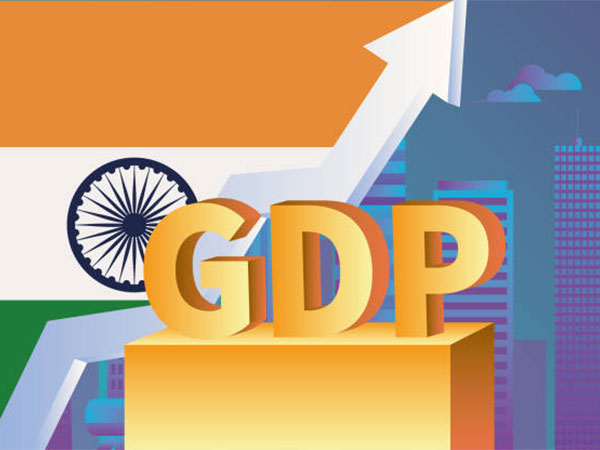India’s financial ecosystem has seen a significant transformation in recent years due to government digital initiatives. According to a report by Ask Capital, India is on track to become a USD 1 trillion digital economy by 2028, fueled by factors such as deep internet penetration, efficient and affordable 4G and 5G services, and technological innovations like UPI. The country has emerged as a global leader in real-time payments, with digital transformation set to drive economic development.
The digitalization of the Indian economy, coupled with the widespread use of smartphones, has led to a surge in cashless transactions and online purchases. India’s digital prowess has surpassed that of developed nations like Japan, the United Kingdom, and Germany, as per the Indian Council for Research on International Economic Relations (ICRIER). Government initiatives such as the Pradhan Mantri Jan Dhan Yojana (PMJDY) and the Direct Benefit Transfer (DBT) schemes have played a crucial role in enhancing financial inclusion and universal access.
The increased mobile and broadband penetration in India will further deepen financial inclusion and pave the way for the introduction of new digital services. This growth in digital services will encompass various sectors, including digital entertainment, online education, telemedicine, digital health, and disaster response. Factors driving this digital transformation include affordable data plans, a growing number of smartphone users, and the expansion of e-commerce platforms.
As of March 2024, India boasts nearly 120 crore telecom subscribers, with the total number of internet subscribers reaching 95.4 crore. The widespread adoption of 4G and 5G technologies has led to a significant increase in wireless data usage, with the digital economy expected to contribute 20% of India’s GDP by 2026. Retail digital payments have surged by 50.8% between 2017 and 2023, with UPI projected to contribute 90% of total retail digital payments by 2027.
The Reserve Bank of India (RBI) is gearing up to roll out the Unified Lending Interface (ULI) to simplify the credit process, especially for small and rural borrowers. Sectors such as healthcare and education have received a major boost from digital India initiatives, with initiatives like the Ayushman Bharat Digital Mission (ABDM) and e-Sanjeevani transforming the healthcare landscape. The e-commerce sector is anticipated to be a key driver of growth, leading to an increase in digital payment transactions in rural areas.
Overall, with a focus on digitalization, innovative solutions, and a pool of talented individuals, India is poised to achieve its goal of becoming a USD 1 trillion digital economy by 2028. The digital transformation of the economy is expected to bring about inclusive growth, with various sectors benefiting from technological advancements and government support. As the digital landscape continues to evolve, India’s position as a global leader in digital innovation is set to strengthen, driving economic prosperity and development for years to come.











